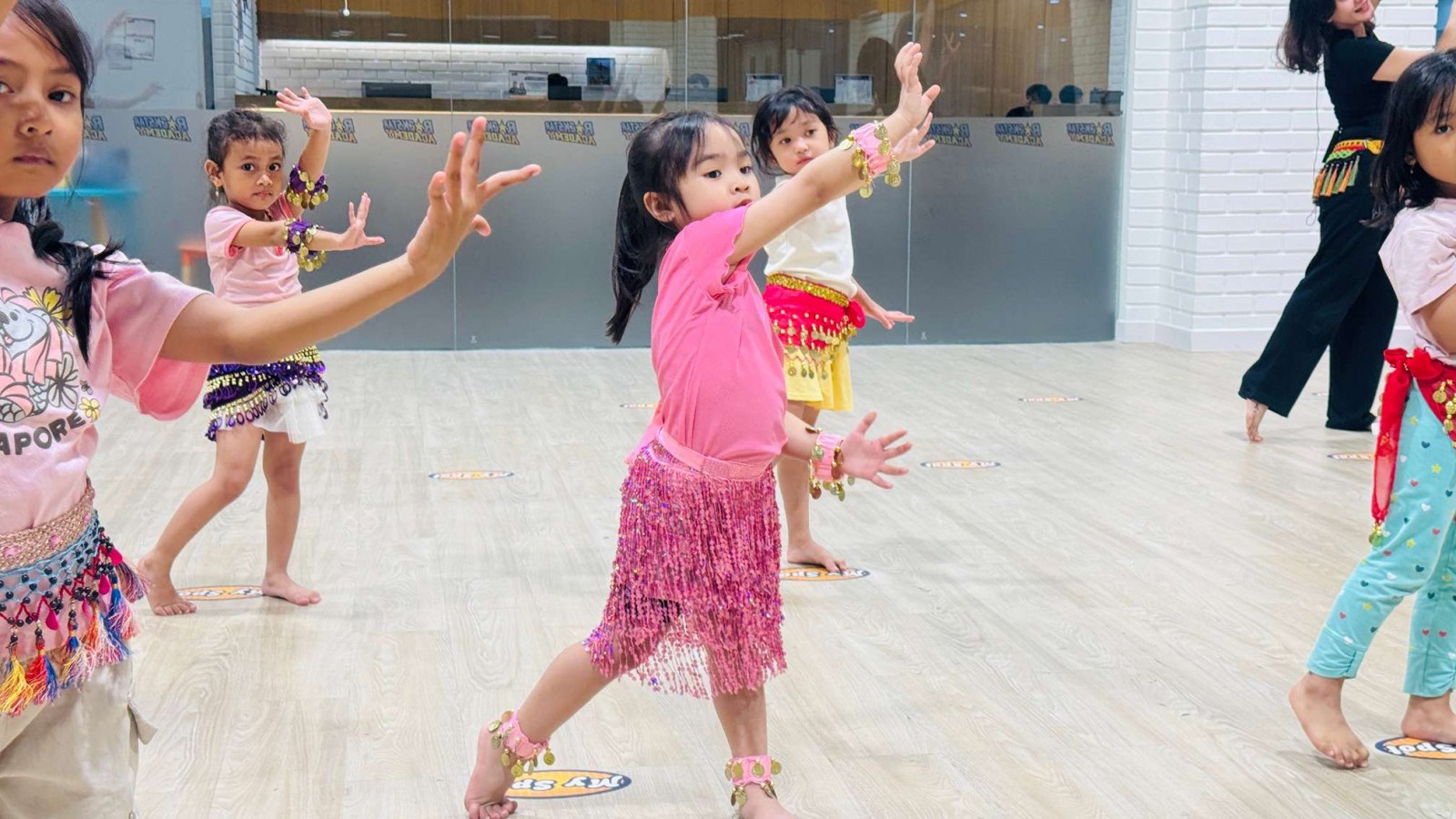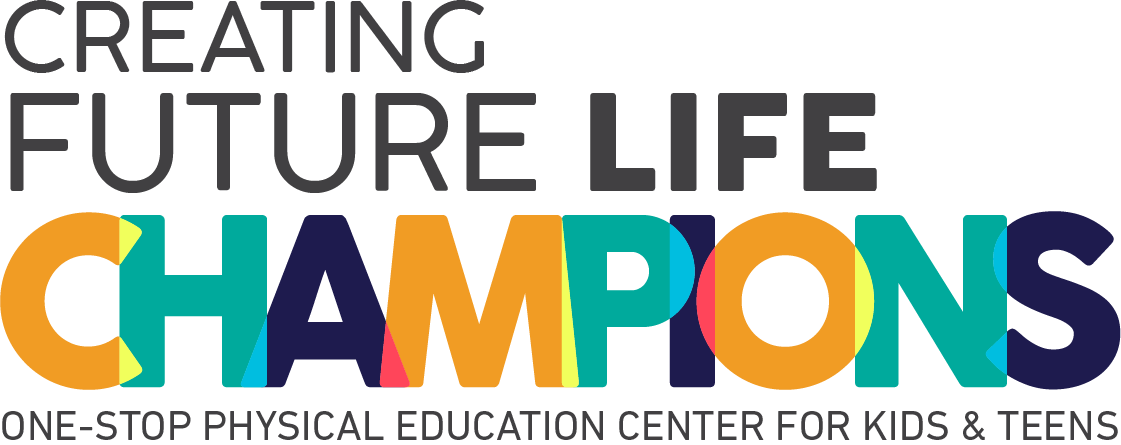The Best Gymnastics Stretching to Improve Your Strength and Flexibility

Athletes in the gymnastics field need to push their bodies to the limit, often contorting and twisting in ways that seem impossible to the average person. One of the keys to success in gymnastics lies in effective stretching routines that enhance both strength and flexibility.
In this comprehensive guide, we delve into the world of gymnastics stretching, exploring its importance, benefits, and the techniques.
Benefits of Stretching for Gymnast Athletes
Gymnastics stretching is a specialized form of flexibility training tailored to the unique demands of gymnasts. Flexibility plays an important role in gymnastics, serving as the foundation upon which intricate advanced techniques and graceful performances are built. Here are several benefits of stretching in gymnastics:
A. Enhanced Flexibility
Gymnastics demands an exceptional level of flexibility to perform various maneuvers such as splits, backbends, and twists. Stretching exercises target muscles, tendons, and ligaments, increasing their elasticity and range of motion.
With improved flexibility, gymnasts can execute movements with greater ease, grace, and precision, enhancing the aesthetic quality of their routines.
B. Injury Prevention
The high-impact nature of gymnastics places significant stress on the body, increasing the risk of overuse injuries, strains, and sprains. Regular stretching helps to maintain optimal joint mobility, muscle balance, and alignment, reducing the likelihood of injury.
By addressing muscular imbalances and promoting even muscle development, stretching contributes to a more resilient and injury-resistant physique.
C. Longevity in the Sport
Flexibility is a key determinant of longevity and sustainability in gymnastics. As athletes progress through their careers, maintaining optimal flexibility becomes increasingly important for preventing injuries and preserving joint health.
By incorporating stretching into their training regimen from an early age, gymnasts establish healthy movement patterns, joint mechanics, and postural alignment.
D. Improved Performance
Flexibility is a cornerstone of gymnastics performance, influencing every aspect of an athlete's routine. Stretching exercises enhance muscle length and suppleness, allowing gymnasts to achieve positions and shapes required for intricate techniques with greater ease and fluidity.
E. Muscle Recovery
Intense training sessions and competitions take a toll on the body, often resulting in muscle soreness, stiffness, and fatigue. Stretching promotes blood circulation to the muscles, delivering essential nutrients and oxygen while flushing out metabolic waste products.
This enhanced blood flow accelerates the recovery process, alleviating post-workout soreness and promoting muscle relaxation and regeneration.
F. Mental Focus
Flexibility training goes beyond physical benefits, fostering mental focus, concentration, and mindfulness in gymnasts. As athletes engage in stretching exercises, they develop a deeper awareness of their bodies, breath, and movement patterns.
5 Best Gymnastics Stretching Technique You Should Try
To excel in this dynamic sport, gymnasts must hone their bodies into instruments of precision and grace through targeted stretching techniques. Let's explore five effective gymnastics stretching techniques that athletes should incorporate into their training routine:
1. Pike Stretch
The pike stretch is highly effective in enhancing flexibility in the upper body while also targeting the hamstring muscles, thereby enhancing hip mobility and bolstering knee stability. To perform this stretch, follow these steps:
- Begin by sitting on the floor with your back erect and shoulders relaxed.
- Extend your legs straight out in front of you.
- Raise your arms straight up, aligning them with your shoulders.
- Gradually lean forward from your hips, aiming to touch your toes with the tips of your fingers.
- Maintain a straight back throughout the stretch.
- Hold the stretched position for a few seconds.
- Slowly return your upper body to an upright position.
- Repeat this sequence three times for optimal results.
2. The Butterfly Sit
The butterfly sit is a stretch that simultaneously targets the quadriceps and inner thighs while also improving hip flexibility. To perform this stretch, follow these steps:
- Sit on the floor with your back straight and shoulders relaxed.
- Form a diamond shape with your legs by bringing the soles of your feet together, allowing your knees to fall outward.
- Place your palms on your knees.
- Apply gentle pressure with your hands to encourage your knees to move closer to the floor.
- Hold the stretch for a comfortable duration, focusing on maintaining proper form and breathing rhythmically.
3. Donkey Kicks
Donkey kicks are beneficial for sculpting the glutes, toning the thighs, and enhancing hip mobility. They also help alleviate hamstring tightness and strengthen the lower back. Follow these steps to perform donkey kicks effectively:
- Begin by positioning yourself on all fours, ensuring your back remains straight and your shoulders are relaxed.
- Maintain a neutral neck position aligned with your spine.
- Lift your right knee off the ground, extending it backward as far as possible while keeping your foot flexed.
- Lower your right knee back to the starting position.
- Repeat the same motion with your left knee, lifting it towards the ceiling as high as you can.
- Alternate between legs, completing a set of 10 repetitions on each side.
- Focus on engaging your core muscles and maintaining stability throughout the exercise for optimal results.
4. The Bridge Pose
The bridge pose is widely practiced in yoga and gymnastics alike. It serves to release tension in the back muscles and elongate the abdominal muscles. This stretching maneuver not only enhances overall body flexibility but also fosters strength and stability. Follow these steps to perform the bridge pose effectively:
- Begin by standing with your feet shoulder-width apart, ensuring your back remains straight and your shoulders are relaxed.
- Extend your arms straight up, aligning them with your shoulders.
- Slowly arch your spine backward, allowing your palms to descend towards the floor behind you.
- Maintain firmness in your fingers, ensuring they are flexed and securely planted on the ground.
- Hold the pose for a few seconds, feeling the stretch along your spine and abdominal muscles.
- Return to the starting position by reversing the movement, gradually straightening your spine and bringing your hands back up.
- Repeat this sequence twice to experience the full benefits of the bridge pose.
5. The Candlestick
The candlestick exercise is essential for developing strong back muscles, a critical requirement for gymnasts who frequently perform backflips and frontflips. To perform this exercise effectively, follow these steps:
- Begin by lying on your back, ensuring your legs are straight and together.
- Lock your knees and keep your arms straight, placing them close to your body.
- Gradually lift both legs off the floor without bending your knees.
- Using your palms for support, raise your buttocks off the floor, aligning your spine, glutes, and legs in a straight line.
- Hold this position for a few seconds before gently lowering back down.
- Repeat this sequence three times to strengthen your back muscles and improve overall stability.
Which Gymnastics Stretching Will You Try First?
Gymnastics stretching is not only vital for athletes striving to excel in the sport but also for individuals seeking to enhance their overall physical health and flexibility. If you find that your children have a keen interest in gymnastics, enrolling them in a reputable program can be a fantastic way to nurture their skills and passion.
Rockstar Academy offers a range of physical activity programs, including gymnastics. With a comprehensive curriculum that includes Gymnastics Testing and Gymnastics Elite Championships, Rockstar Academy is committed to fostering skill development and preparing students for both national and international competitions.
Moreover, their provision of a free trial class ensures that anyone interested in exploring gymnastics can do so with ease. Don't miss out on the opportunity to ignite your child's passion for gymnastics and enroll in Rockstar Academy right away!
FAQs
How often should gymnasts stretch?
Ideally, gymnasts should incorporate stretching into their daily training routine, both before and after workouts. Additionally, dedicated flexibility sessions 2-3 times per week can help to maintain and improve overall flexibility.
Is it better to stretch before or after a workout?
Both! Dynamic stretching before a workout helps to warm up the muscles and prepare them for activity, while static stretching after a workout promotes muscle relaxation and recovery.
Can gymnastics stretching help with injury rehabilitation?
Yes, targeted stretching exercises prescribed by a physiotherapist or sports medicine professional can aid in the rehabilitation of gymnastics-related injuries by improving flexibility, mobility, and muscle strength.
Are there any specific stretches to improve back flexibility for gymnasts?
Yes, exercises such as bridges, cat-cow stretches, and spinal twists can help improve back flexibility and mobility, essential for executing backbends and other advanced gymnastics maneuvers.
How long does it take to see improvements in flexibility through stretching?
The timeframe for seeing improvements in flexibility varies depending on factors such as starting flexibility, consistency of stretching routine, and individual body mechanics. With regular and dedicated practice, noticeable improvements can be observed within a few weeks to months.



